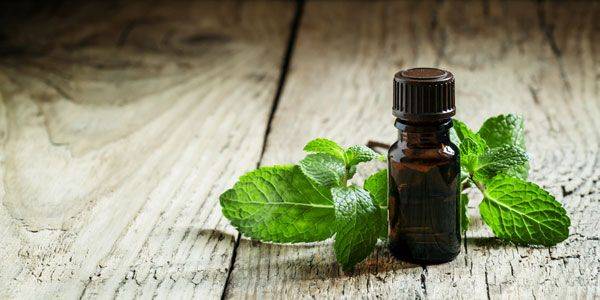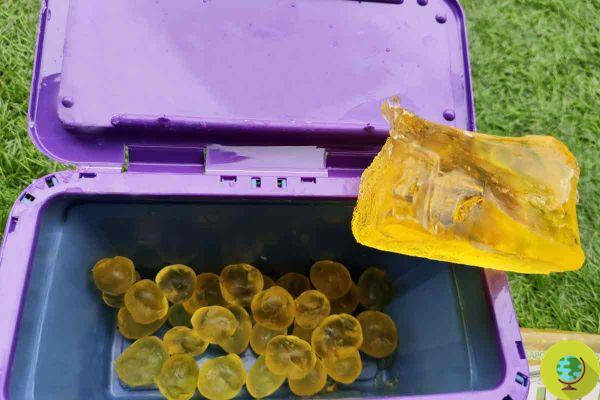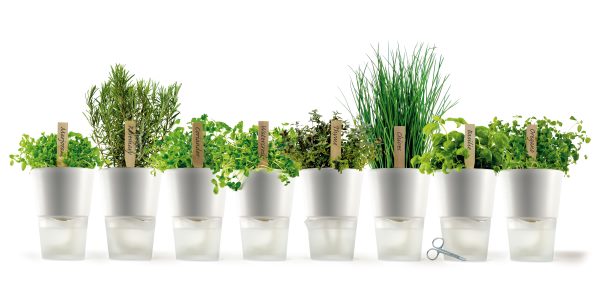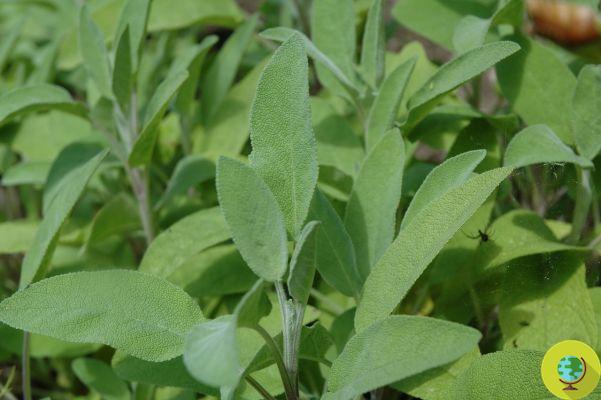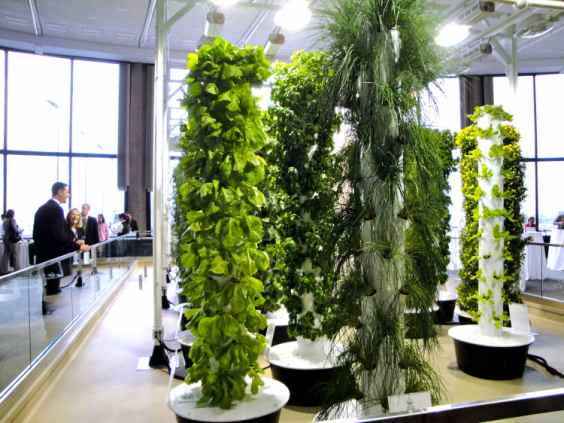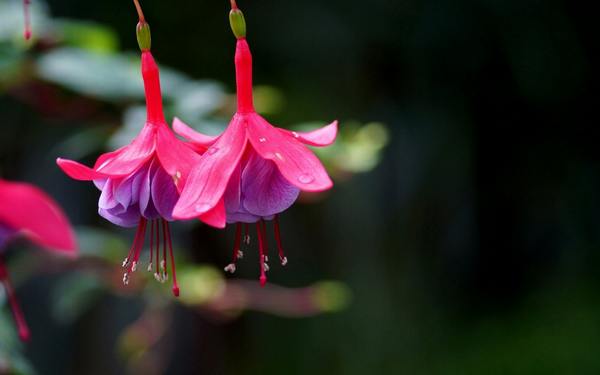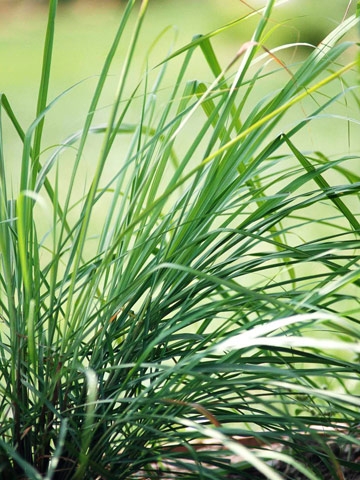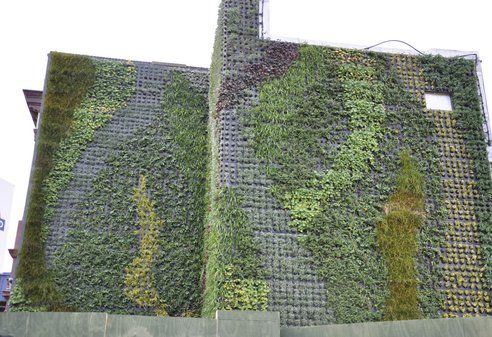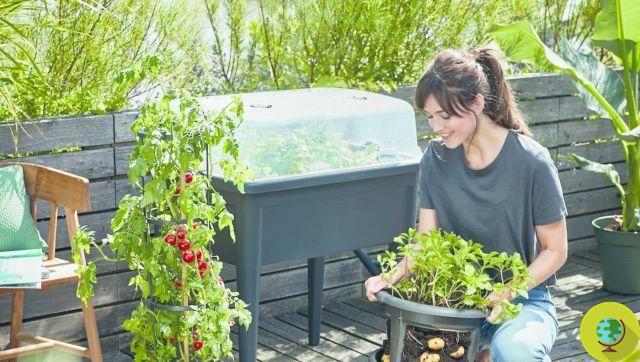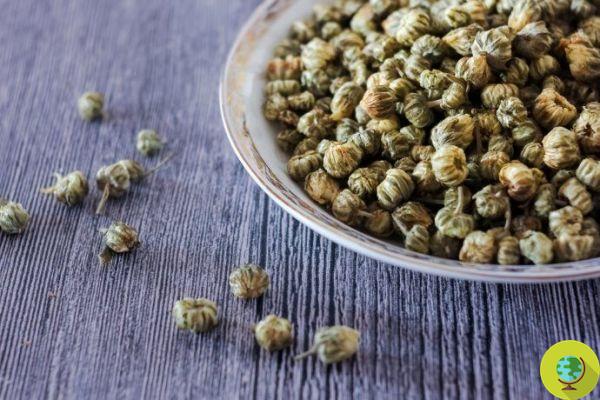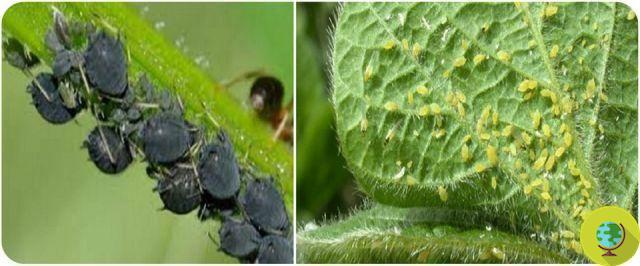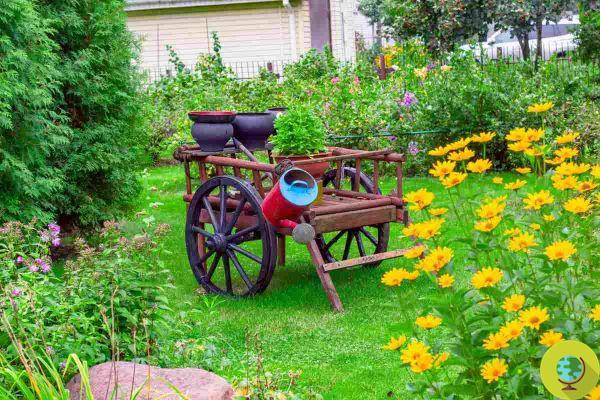Elegant and graceful, dragonflies are very useful insects above all because they keep annoying mosquitoes away. But how to attract them to our balcony? Let's find out which plants to grow to attract these wonderful animals.
He is about to end up run over, his mother saves himWith their elegant, colorful wings and rapid aerial acrobatics, the dragonfly (Anisoptera) are elegant and graceful insects. But their quality is that they eat up to 100 mosquitoes a day.
Welcoming dragonflies to your garden, especially in the summer, can help ward off annoying mosquitoes. Furthermore, unlike butterflies and bees that feed on nectar and pollen, dragonflies are carnivorous creatures and attracting them is a bit more complicated, it is not enough to simply plant fragrant flowers, you need to choose the right type.
Let's find out how to create the ideal environment to welcome dragonflies and fight mosquitoes, midges, ants and others parasites.
(Read also: Dragonflies keep mosquitoes away, the tricks to attract them to our garden)
Index
Marsh spurge
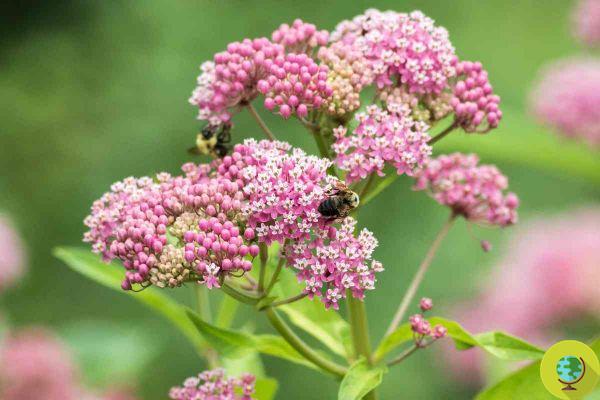
©Wirestock/123rf
THEmarsh euphorbia (Asclepias incarnata) thrives in moist soil and full sun. A perennial herbaceous plant, the milkweed (also a friend of the monarch butterfly) has white and pink flowers that attract dragonflies, and long stems on which these insects love to rest.
Arrowhead
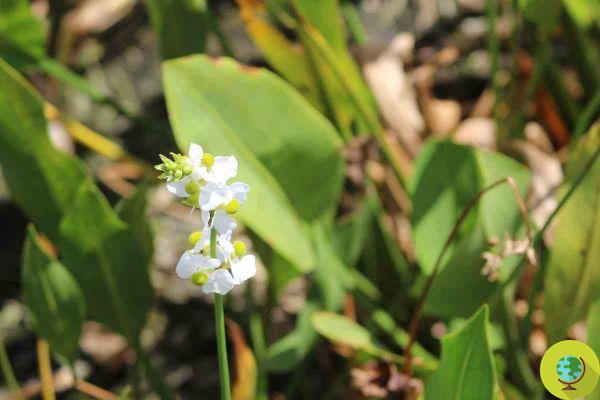
©Nolamissesyou/123rf
Also known as "duck potato", the Arrowhead (Sagittaria latifolia) is an easy-care aquatic perennial that grows above water level.
This hardy plant can thrive in many areas, even those with severe winters, and is tolerant to a range of light conditions, from full to partial sun. It boasts heart-shaped leaves and white flowers that bloom all summer.
For best results, purchase a live plant and place it in shallow water or moist soil.
Waterlily

©Scifilullaby/123rf
Few flowers are as magical as these aquatic plants, which offer dragonflies a perfect place to lay their eggs.
Le waterlilies (Nymphaeaceae) can grow in a pond, swimming pool, or even a large tub. They are characterized by their large and lively flowers. To grow it, plant the tubers in the ground, add gravel and then dip the shallow container into a larger one filled with water.
Wild celery

©Fanfo/123rf
Il wild celery evergreen perennial (Vallisneria americana), it forms an excellent surface for dragonfly eggs. The long, slender, wavy leaves give younger specimens a safe and comfortable place to hide. Small white or green flowers sprout in the summer to add charm to your garden or balcony.
Wild celery loves full sun, but also partial shade.
Horsetail of water
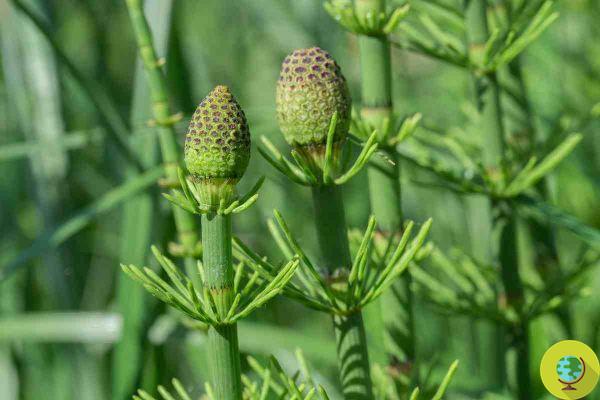
©Aga7ta/123rf
THEwater horsetail (Equisetum fluviatile) presents steli similar to bamboo ma senza fiori.
It is practically free of parasites and diseases and is particularly beautiful to insert at the edge of a pond, or in a water garden. Plant it in standing water and remember it needs light.
Tifa
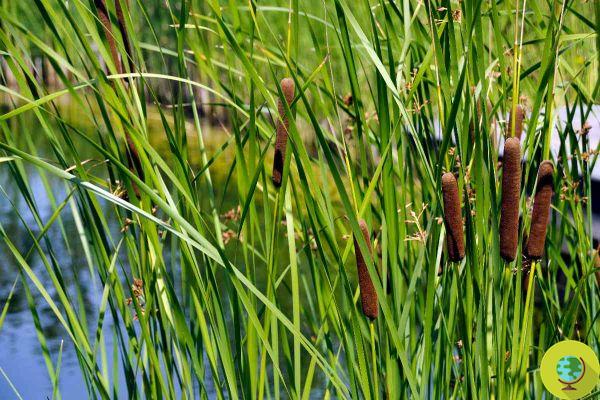
©Ibrix/123rf
Le tife (Typha latifolia) or rushes they are ideal for dragonflies, which often lay eggs in these swamp plants and when the young hatch, they are prone to climb up the stem to rest.
This plant is topped with thick, cylindrical, petal-less brown flowers. Cattail really thrives in warm, humid areas, with full to partial sun all year round.
Dwarf arrowhead
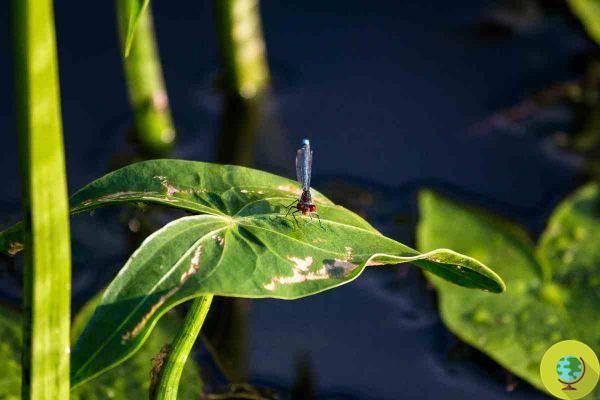
©Photomost/123rf
La Dwarf arrowhead (Sagittaria subulata pusilla) is the perfect pond plant for dragonflies. It is a freshwater plant also known as weevil-leaved arrowhead, narrow-leaved arrowhead, Hudson Sagittaria, or Ribbon Wapato; it is characterized by its bright green color and is similar to grass.
Rudbeckia hirta
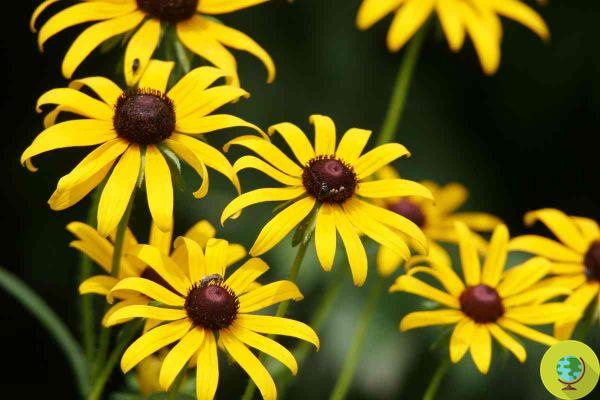
©Imageforge/123rf
Dragonflies love some plants that thrive in drier soils, and among them we find the beautiful and popular Rudbeckia hirta or Black-eyed Susanna. Although these biennial plants love direct sun, they can tolerate colder winter temperatures as well.
Joe-Pye Weed
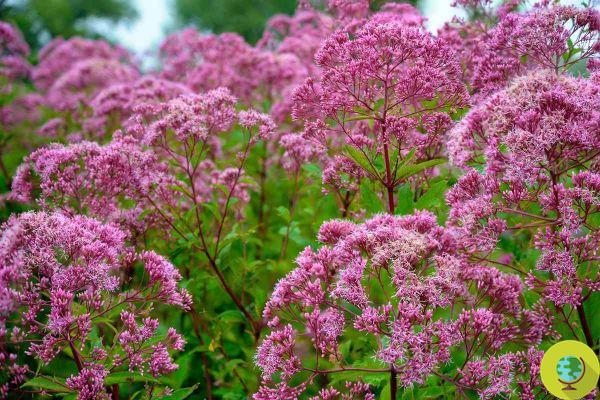
©Ibrix/123rf
Call it gravel root, trumpet grass, kidney root, or the ever popular Joe-Pye: Eupatorium purpureum attracts many dragonflies. Its lovely purple-pink flowers appear in midsummer through fall, and impart a sweet vanilla-like scent. The herbaceous perennial likes full or partial sun, and moist, well-drained soil.
Sage of the meadows
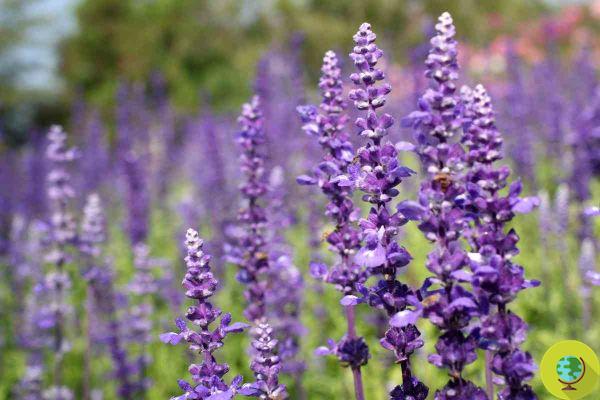
©Photodee/123rf
Dry soil conditions don't necessarily mean a shortage of dragonflies. These insects, in fact, also appreciate the beautiful and rustic meadow sage (Salvia pratensis), which can withstand drought and equally produce spiky purple flowers that also attract hummingbirds, butterflies, and other pollinators.
Achillea
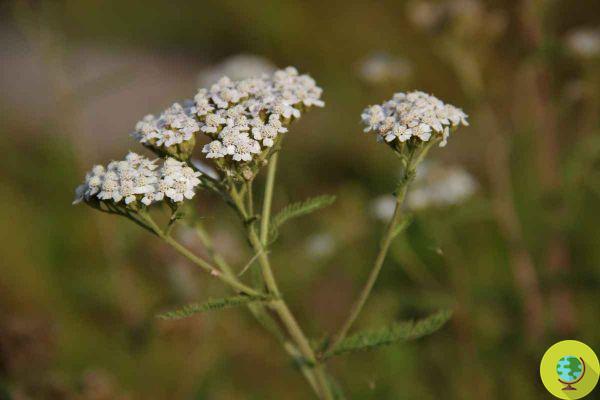
©Olgaivanovav/123rf
If you are looking for a low maintenance plant that attracts dragonflies, theyarrow (Achillea millefolium) is perfect.
This plant can be grown from seeds or live plants, as long as it gets plenty of sun and heat. Sturdy and disease resistant, it will reward you with beautiful blooms in a variety of colors; in addition, yarrow is known for its medicinal properties. It can become invasive, so curb it if it tries to propagate in your garden.
Borage
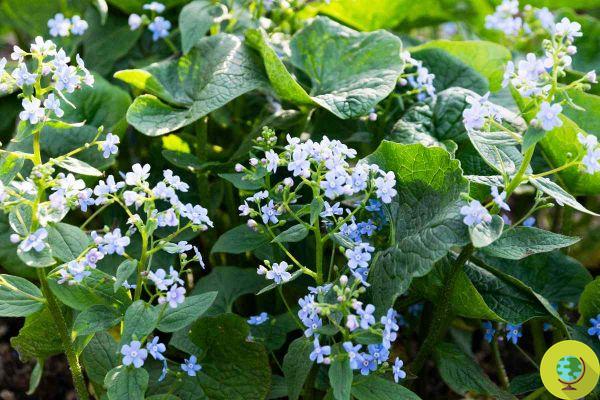
©Mgequivalent/123rf
La borage (Borago officinalis) delicious and drought tolerant can attract several dragonflies. It is a fast-growing, easy-care herb boasting star-shaped blue flowers.
Borage should be planted in early spring to flower by June. It is also an edible herb with a mild taste that is perfect as an ingredient in summer salads.
(Read also: Borage: benefits, uses and contraindications of the plant that chases away sadness)
Echinacea
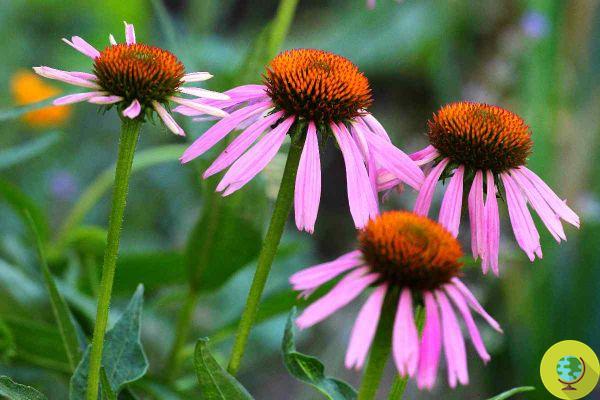
©Zhann1999/123rf
THEechinacea (Rudbeckia subtomentosa) is a perennial herb of the daisy family. Featuring long yellow or purple petals, and a purple-brown cone, on stems that grow up to 3 feet tall, echinacea will attract many dragonflies. This plant tolerates hot, humid summers and loamy, sandy soil.
Giant echinacea
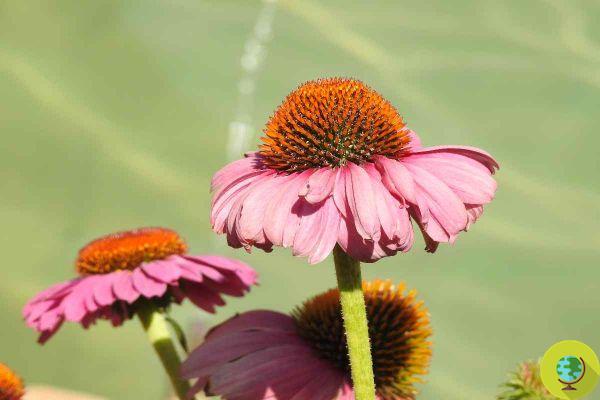
©Conchitinarp/123rf
THEgiant echinacea (Rudbeckia maxima) is a herbaceous perennial, has showy flowers that can grow up to 6 inches, with up to 20 petals. It can tolerate a variety of soil types - just give it a fairly sunny location, and avoid overwatering it.
Follow us on Telegram | Instagram | Facebook | TikTok | Youtube
Could it be interesting for you:
- How to attract hummingbirds to your garden: the nectar recipe
- How to attract butterflies to our garden
- Biological fight: how to attract ladybugs and beneficial insects to the vegetable garden
- The wisteria is in bloom! Key tips for taking care of the plant in the coming weeks
- Shade-loving plants: the 7 most beautiful plants that thrive sheltered from the sun




